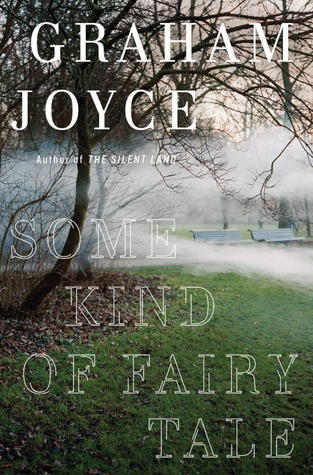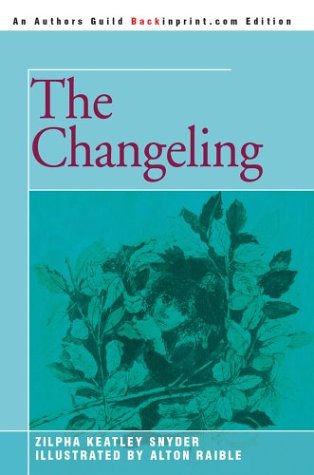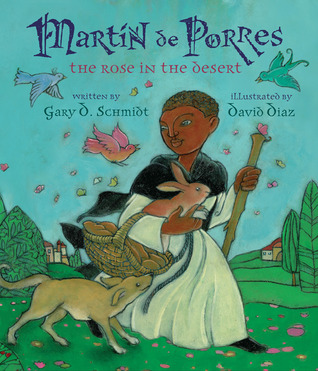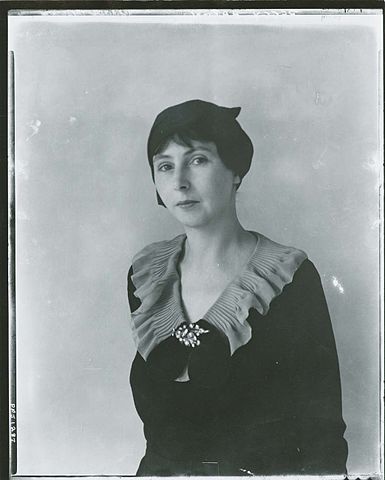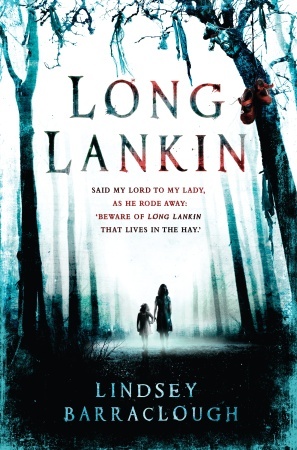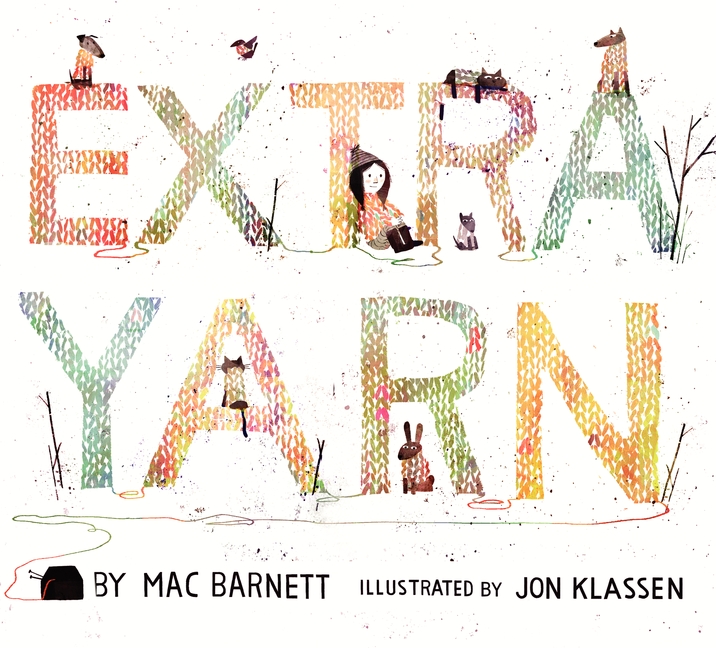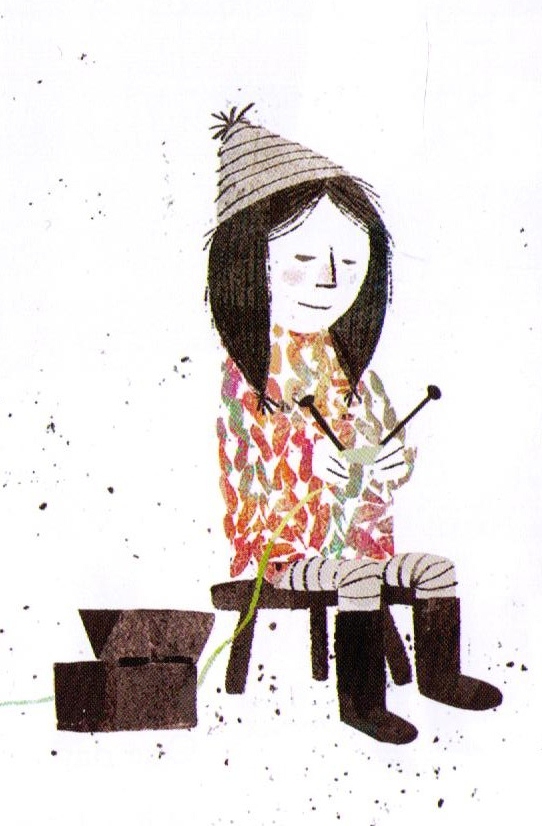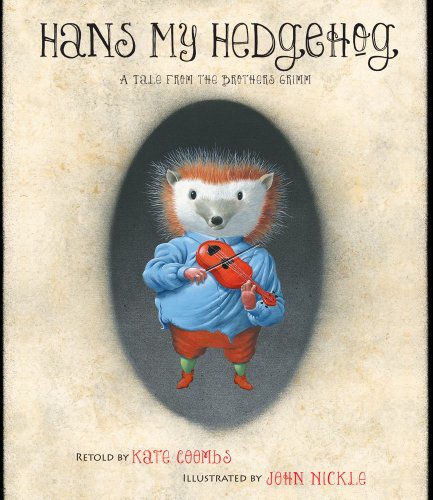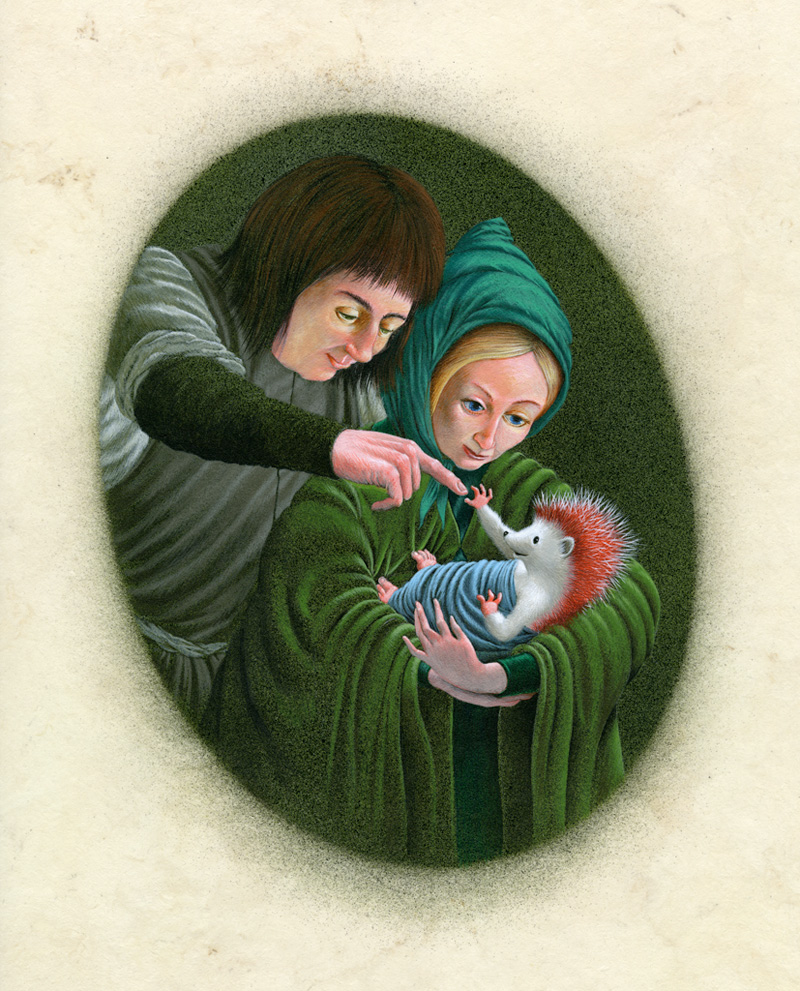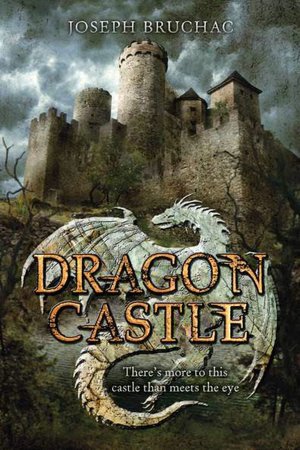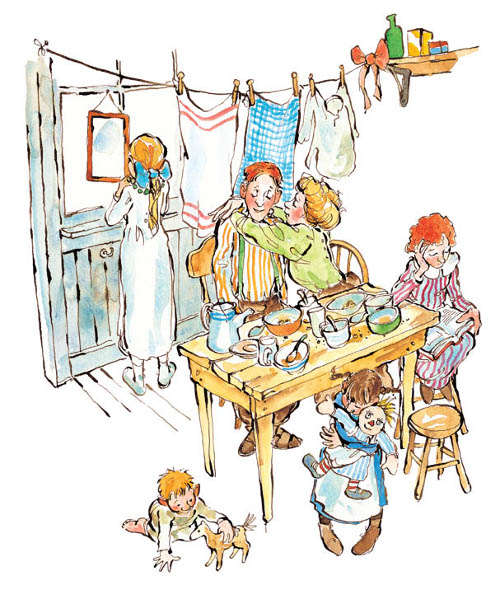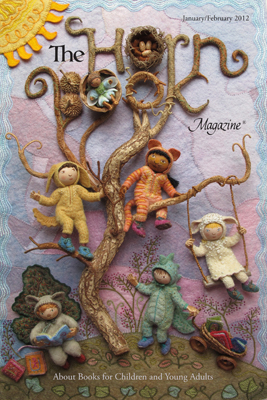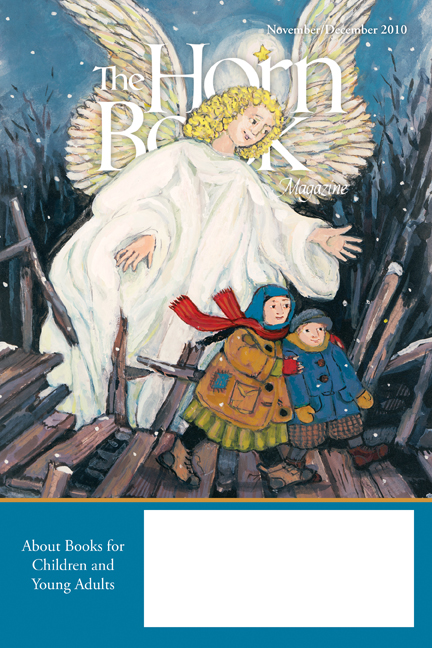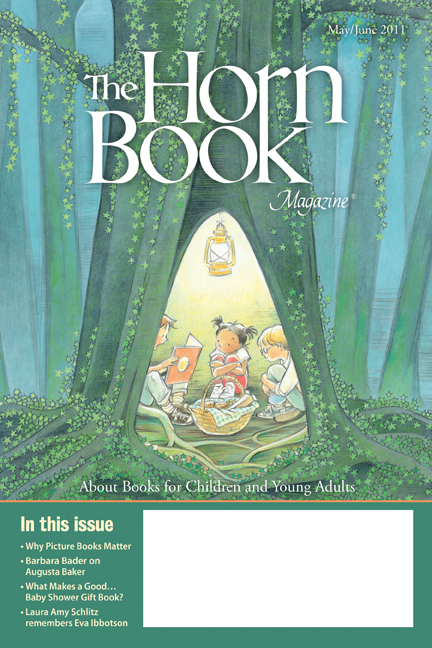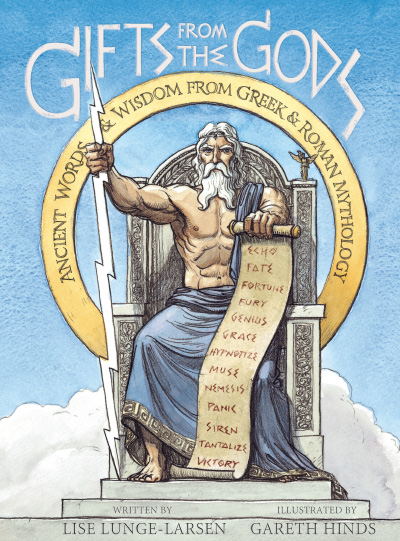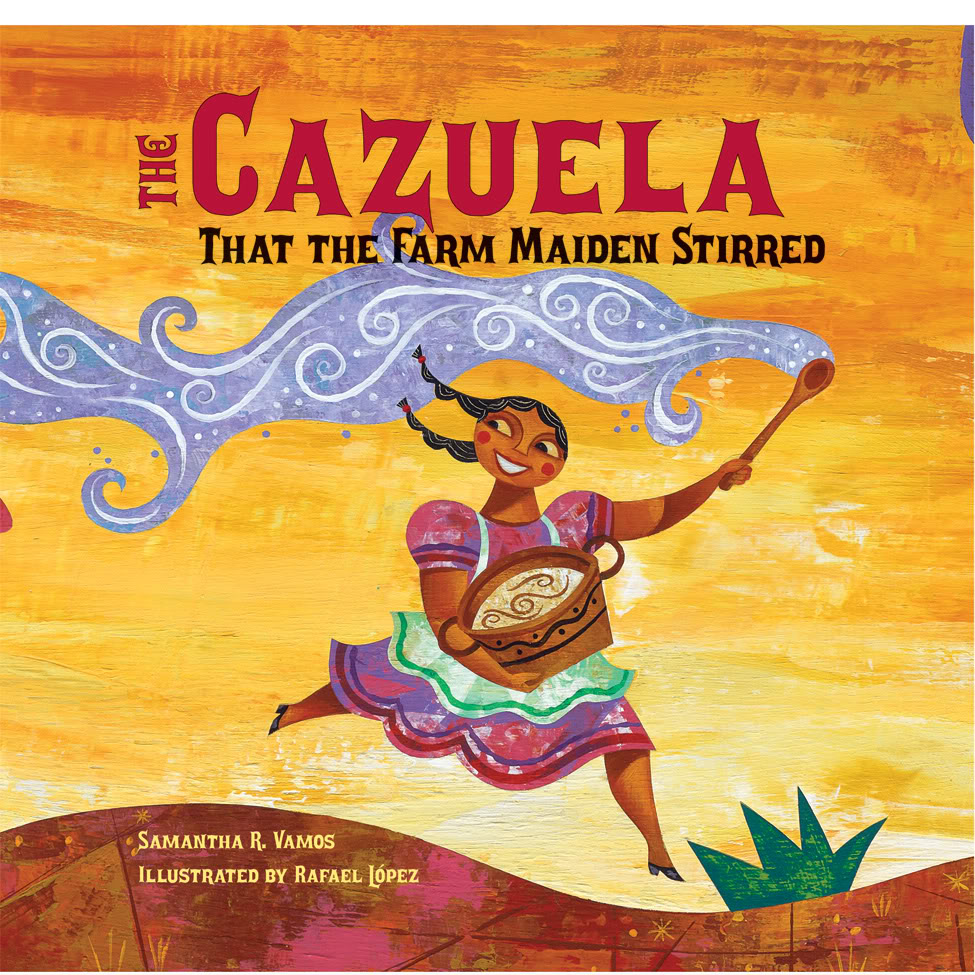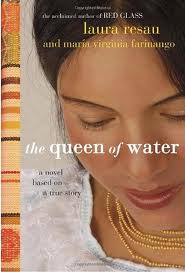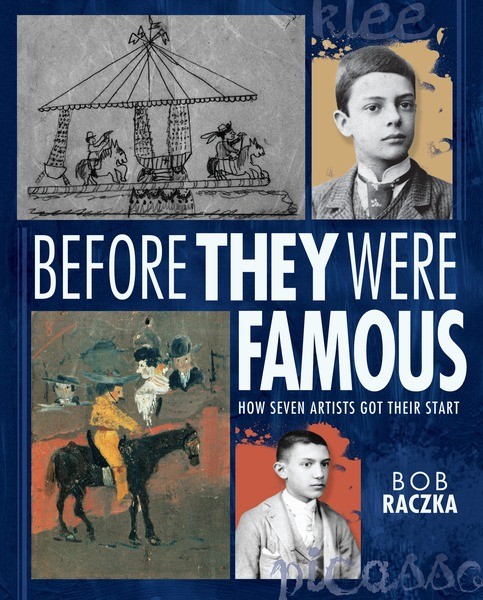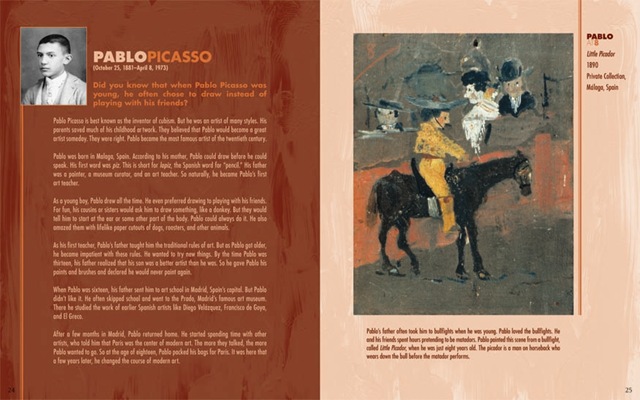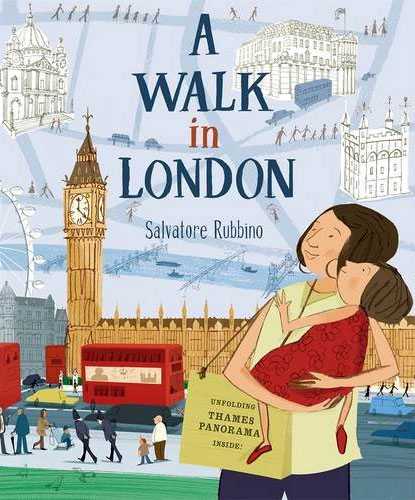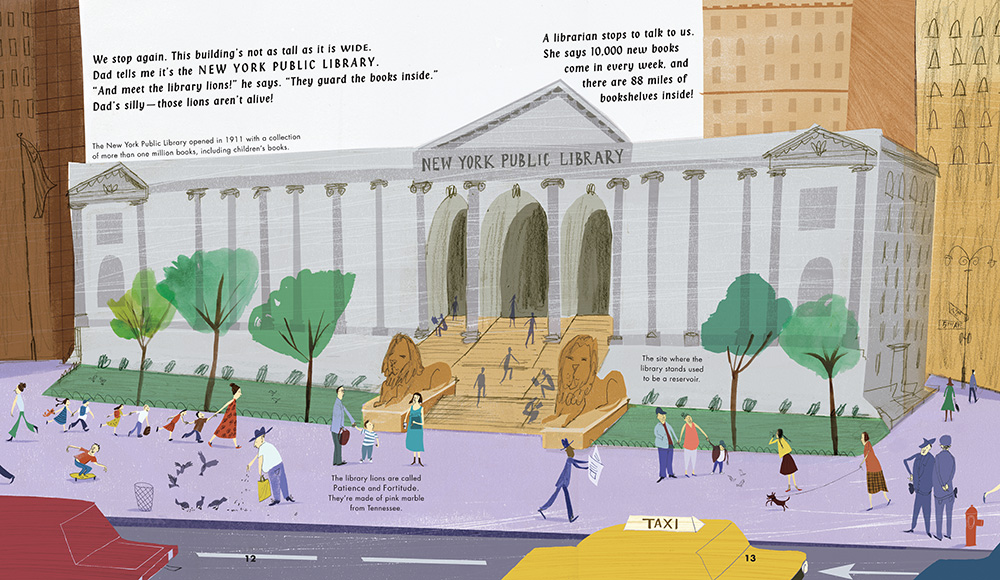
I'm happy to be hosting a stop on the blog tour for Minette's Feast: The Delicious Story of Julia Child and Her Cat by Susanna Reich; illustrated by Amy Bates (Abrams, 2011), about Julia's first cat--and kitchen--in Paris. It's truly a delicious book (much preferred to mouse and bird)! Today, I'm sharing a conversation with Amy Bates about her lovely, lively and atmospheric illustrations for Minette's Feast.
Anamaria: I was delighted by the illustration of Minette as the iconic Steinlen cat on the dedication page of Minette's Feast!

Amy: I am so glad that you caught the Steinlen reference. There are actually two references; the second is the composite of images where Minette is pouncing and chewing and gnawing on the bone toward the end of the book. Steinlen was known for a sort of syndicated comic that he published in the newspapers or magazines. They always featured a sort of mischievous or curious cat that comes to a bad end. They are pretty hysterical. I love his drawings of cats and I felt like Julia Child herself would also approve the reference.
Are there are any other references to French art in your illustrations?
The cover I hoped would evoke a sort of Alphonse Mucha advertisement. (Usually he painted half-clad nubile women and I like to think that Julia would have been tickled to be substituted for one of them). [I think she would have!]
I suppose there is a little seasoning of a lot of different artists in there. Just like seasoning a soup.
Minette's Feast is beautifully researched (Susanna notes, for example, that none of the dialogue is invented). How did you research the characters and especially the Parisian settings--Julia and Paul's apartment, their neighborhood--that are such an important part of this book?
Research was tricky for this book. I have to say that I didn't go to Paris to research, but for all future books that involve Paris I am absolutely demanding a research trip out of it! Susanna did an absolutely beautiful job, I love this book! [I do, too!] I read My Life in France [Julia's memoir] for some detail. And I asked Susanna as well as a friend of mine who is a chef for help (in trying to figure out more information about the meat at the end, our best informed guess based on Julia's account was that it was a joint of venison).

I definitely looked at all the published images that it was possible to find of Julia Child in Paris. Some in her memoirs, some in old magazine articles. I watched her shows, looking at the way she moved, etc. to get a feel for her gesture and person.
I pieced together her kitchen with those old photos the best that I could (though I couldn't find a complete 360 degree view). The building is part of the French Department of Defense, or the Department of Defense runs up right behind so it is actually quite difficult to find information about the building itself, other than the outside from the front. Even an aerial photo would have been helpful, but I did the best with the information I had.

As for the neighborhood, well, some of that is real. Les Deux Magots is a famous landmark as well as a place that Julia Child talked about eating at. I think she mentioned that sometimes Colette was there too! I took French for 6 years and my high school teacher was real stickler for Paris geography, so I guess I know the layout and feel of the city just from having loved it and studied it.
Actually, I made this book while living in Japan. I am taller than average at 5'9" (not nearly Julia's height) but I definitely understood what it felt like springing into a new culture without speaking the language and sticking out like a sore thumb. The market scene is a page out of my own life. Little kids aren't one bit afraid of being curious and the little kids that lived in my neighborhood loved to watch us, and ask questions. That is why I put the little girl in this book.

Your illustrations of Minette licking a paw, weaving between Julia's ankles, or (my favorite) pouncing on a Brussels sprout capture her personality as well as the body language of cats everywhere. Do you have a cat of your own, or did you use other models for Minette?
Sadly, I am allergic to cats, although I think they are the most fascinating animals. I love their skeletal structure. But I don't own a cat. I used a friend's cat a little bit, but some of those poses are just too hard to catch. I made them up.
Julia's kitchen in France (like the one in Cambridge, which you can now see at the National Museum of American History in Washington, DC) features an amazing array of utensils and gadgetry! Do you also like to cook?
I love that D.C. has her kitchen on display. Everyone should go see it at the American History museum. I love cooking! Although with three small kids, my husband and I usually don't get too fancy. I will not say the words "Macaroni and Cheese" lest I be judged. But I love good food. All kinds from all places.
What's your favorite kitchen gadget?
I love cooking gadgets and art gadgets. My favorite kitchen gadgets are my knives- which must be SHARP. I hate dull knives.
 Finally, what are you working on now (or what's forthcoming)?
Finally, what are you working on now (or what's forthcoming)?
I have a book coming out in September called That's What I'd Do written by singer-songwriter Jewel. It is an endearing lullaby and I love how the whole thing turned out. It is full of Mama-baby love, so it is close to my heart! Also I just finished a picture book, Peter Pan, which is coming out later this year, too.
Congratulations, Amy, and thank you for sharing your research and inspiration!
[Be sure to visit the blog tour every day through Tuesday, May 8, and enter to win a free, signed copy of Minette's Feast by emailing Susanna with the subject line "Minette's Feast giveaway." One entry per person, please. Winners will be selected at random on May 31. Thanks for reading!]
 Welcome to Nonfiction Monday! This week, I'm starting a new series featuring nonfiction about artists, including lots of picture book biographies. First up, a review of The Fantastic Jungles of Henri Rousseau by Michelle Markel (illustrated by Amanda Hall; Eerdmans, 2012). Sneak preview: I loved it. That's Hall's illustration of the self-taught Rousseau at the top of this post.
Welcome to Nonfiction Monday! This week, I'm starting a new series featuring nonfiction about artists, including lots of picture book biographies. First up, a review of The Fantastic Jungles of Henri Rousseau by Michelle Markel (illustrated by Amanda Hall; Eerdmans, 2012). Sneak preview: I loved it. That's Hall's illustration of the self-taught Rousseau at the top of this post. Early birds
Early birds